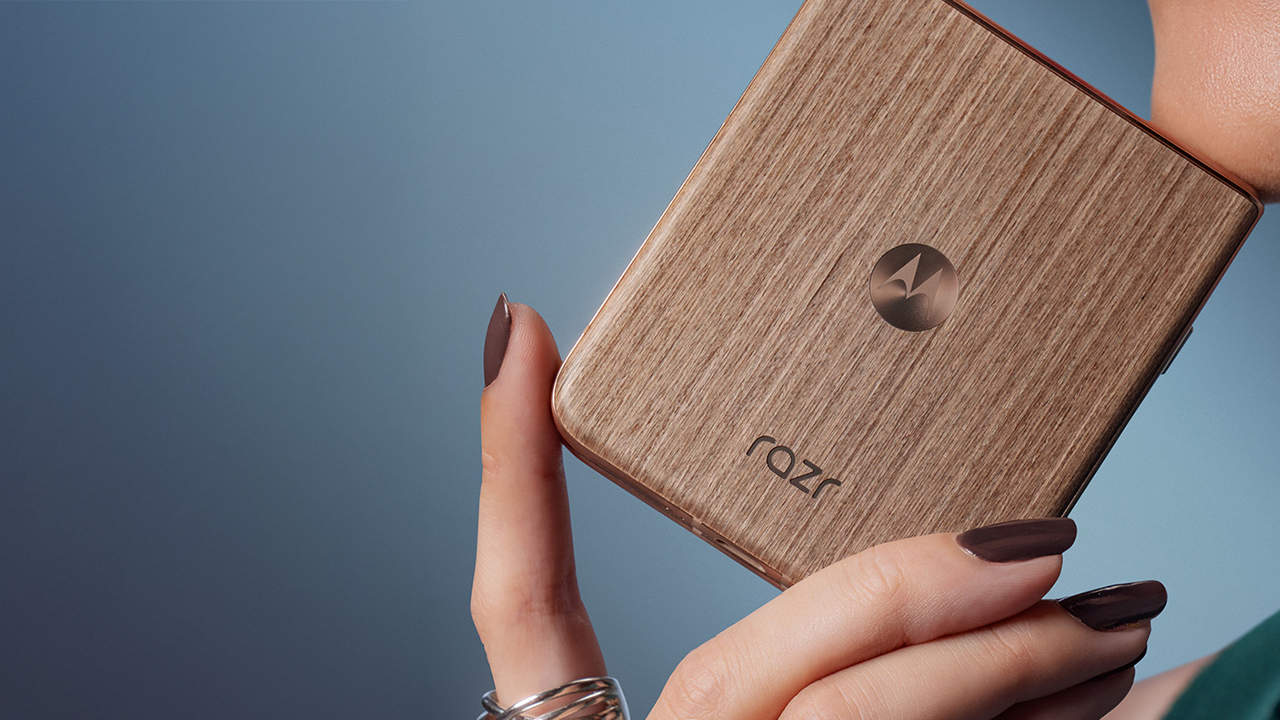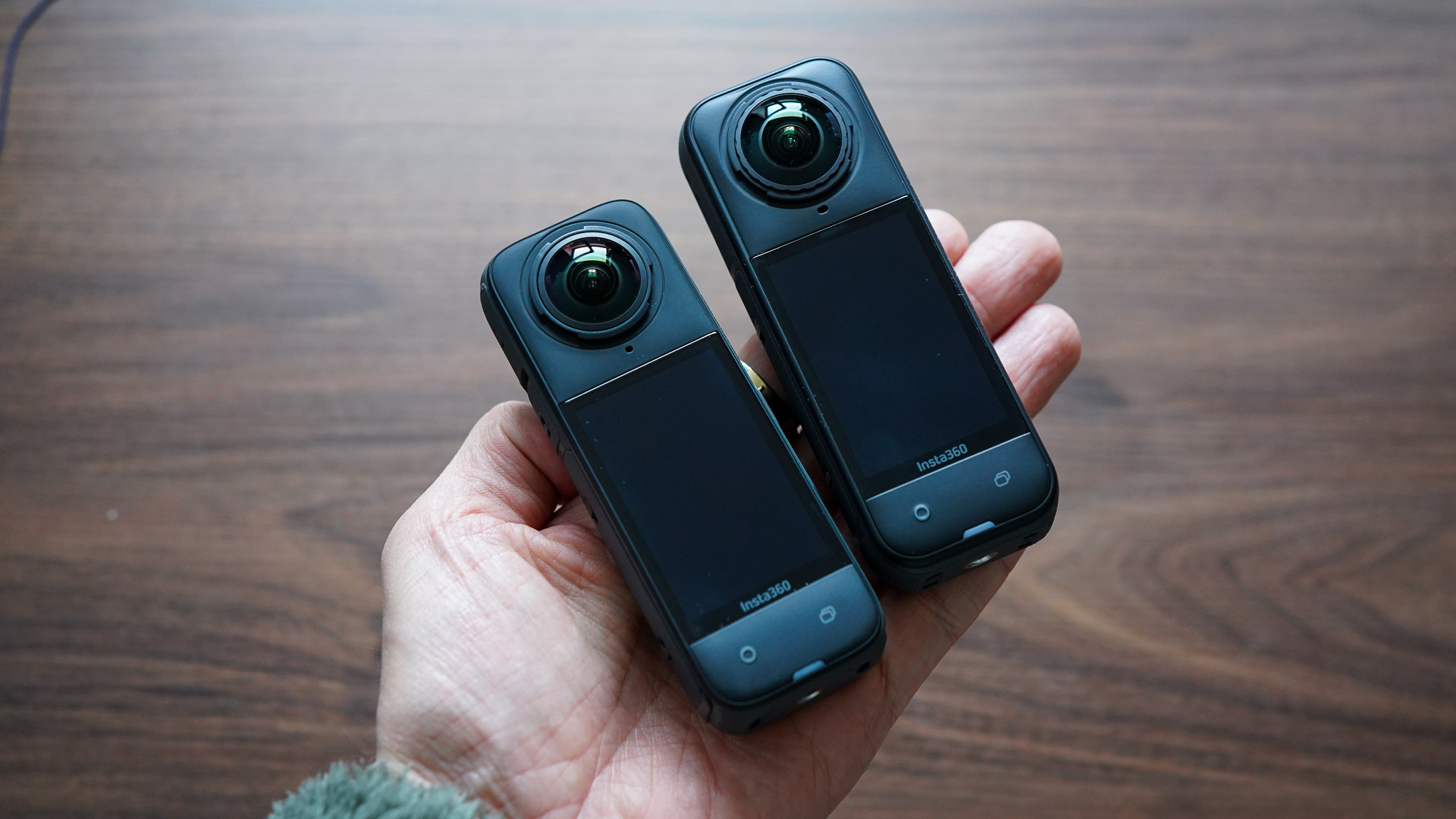5 features I'd need to make the best Polaroid camera for me a reality
If we could just Frankenstein these five features, I'll never need to buy another camera
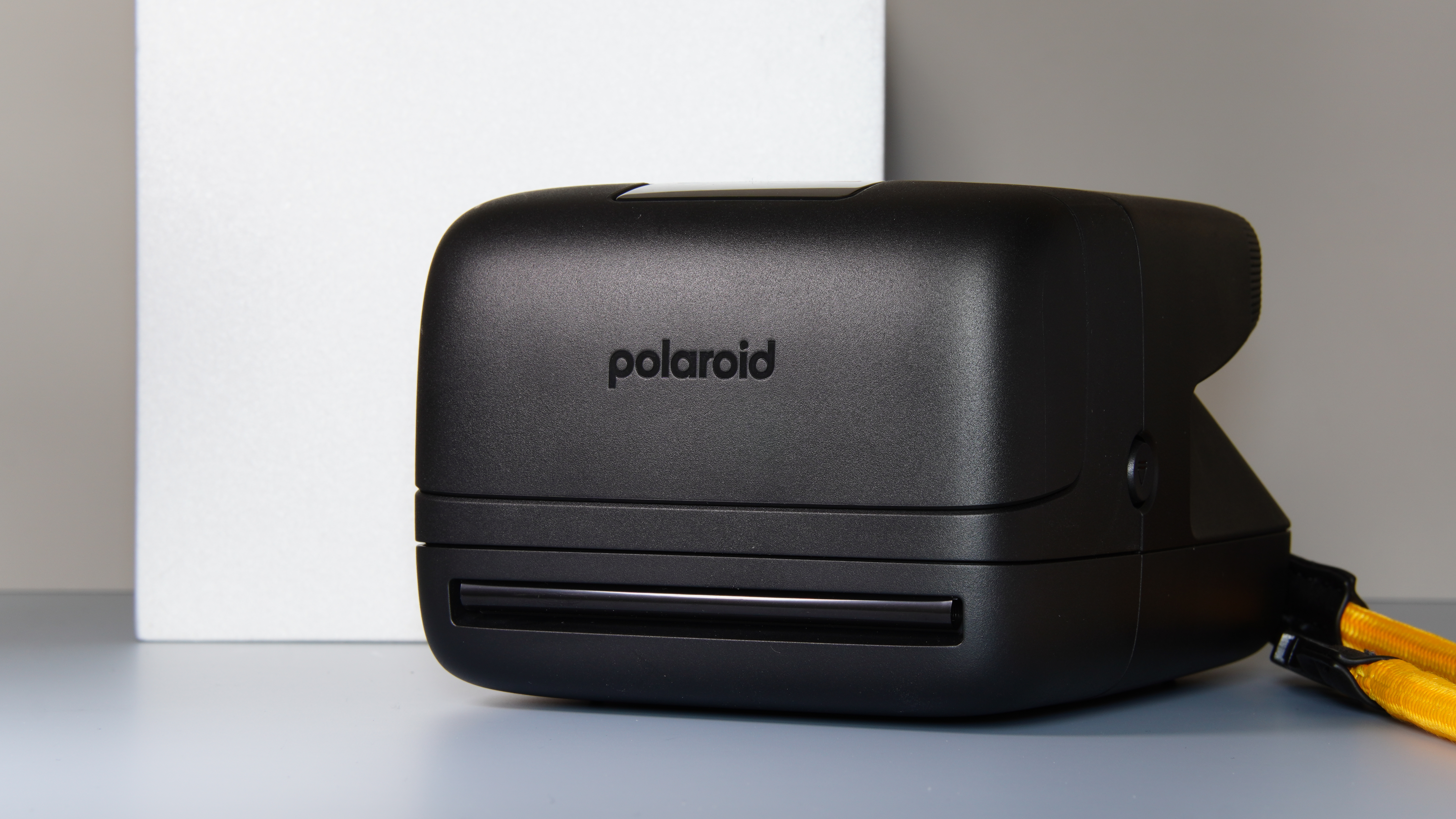
It has been a landmark week for the Polaroid company, which launched its Polaroid Flip camera to widespread acclaim. The model takes inspiration from the iconic flip-top models of the 80s and 90s, but brings it into the modern age.
You don't need to look too hard to see why this one has been a hit. The lens, for example, is absolutely fantastic, creating beautiful images with razorblade sharpness. Then there's the return of sonar autofocus, which it amazingly accurate and remains the coolest feature to exist on the camera market.
Don't think we camera fans will rest happy, though. While I'm blown away by the offering, it hasn't stopped me from creating a wishlist full of tweaks and combinations from a few cameras, which would help to make my perfect instant camera.
That takes some of the features from the flip, as well as a few from my Polaroid SX-70 and the Polaroid Go (Gen 2) which I fell in love with last year. Let's dive in and take a look at how I'd build the perfect Polaroid camera.
1. Polaroid Flip lens
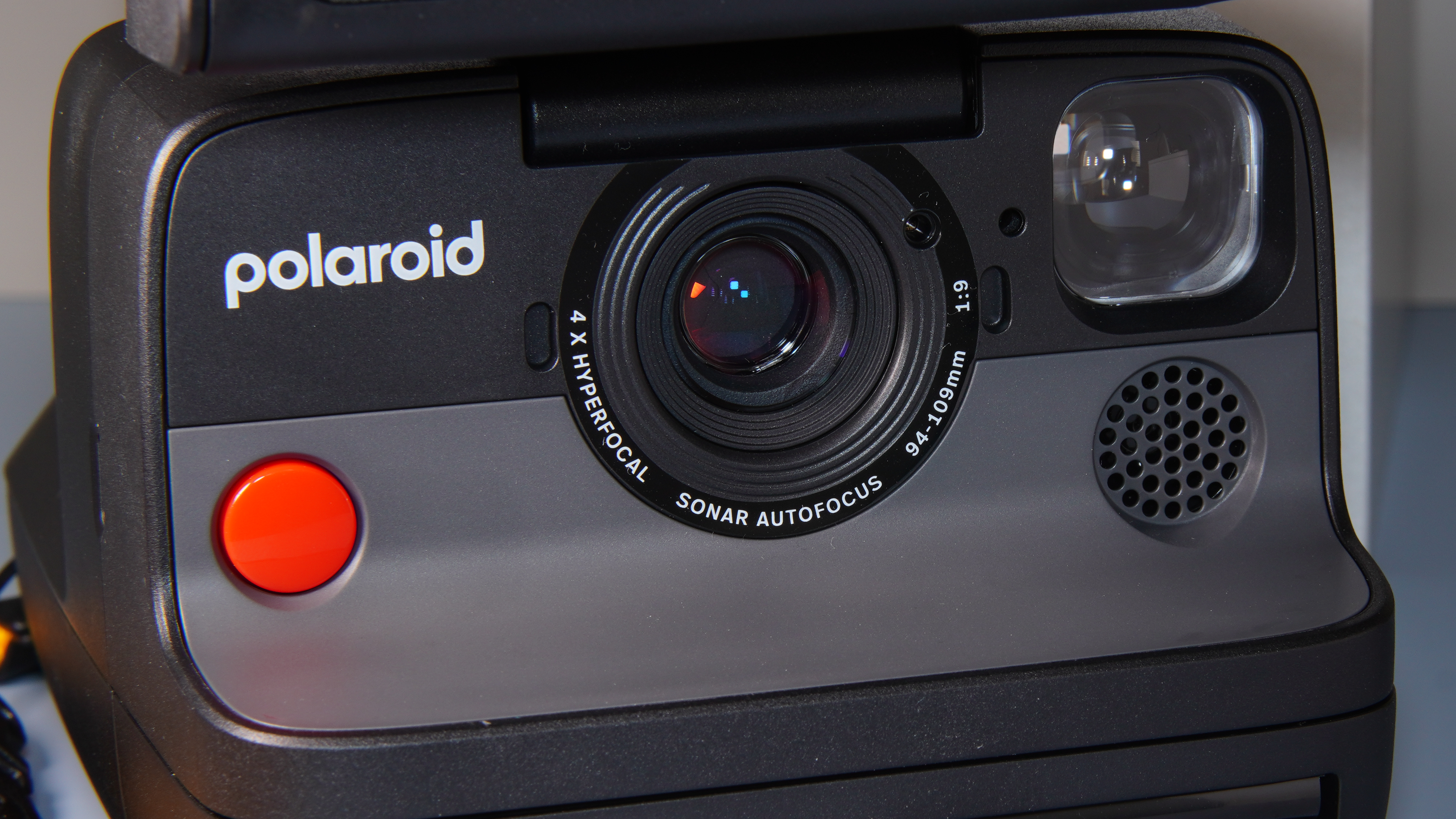
It's no secret that the new model brings a serious upgrade to image quality with it. Quite what voodoo wizardry Polaroid has used to eek such clarity from a plastic lens is unclear, but the results are simply magnificent.
There's a clinician-grade sharpness to the snaps which I've never experienced before, and I'm a really big fan. It's something I hope we get more of on future models.
2. SLR viewfinder
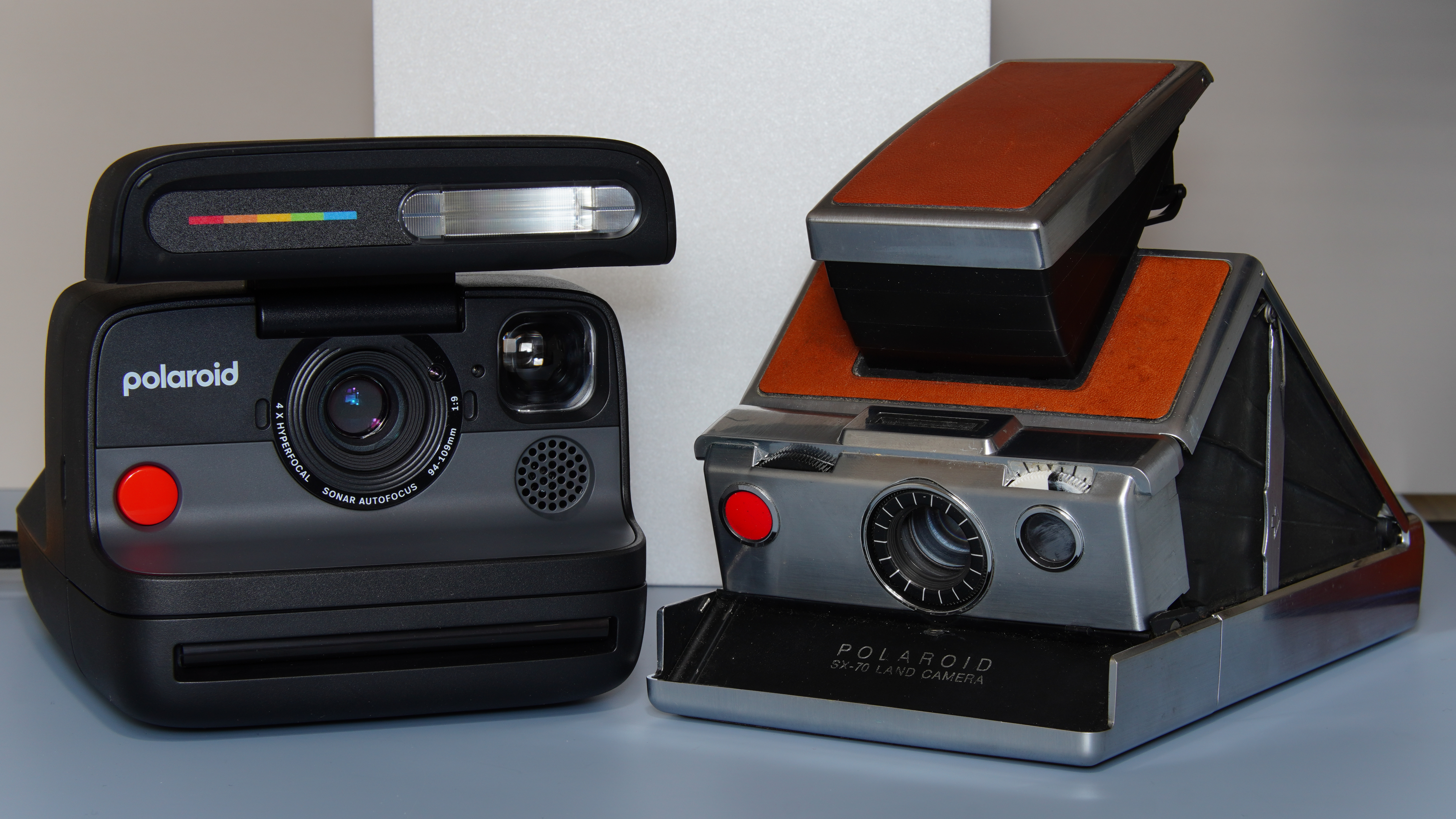
I have to admit, the parallax correction on the Polaroid Flip viewfinder is good enough that I really didn't miss the SLR viewfinder of my SX-70 too much. With that being said, I think my dream camera would still make use of it.
Sign up to the T3 newsletter for smarter living straight to your inbox
Get all the latest news, reviews, deals and buying guides on gorgeous tech, home and active products from the T3 experts
I'm not sure I'd label either one better or worse, but being able to see exactly what will end up on the final image is a real benefit. It's always a shame when that slight perspective change leaves your dreamy composition feeling a bit flat, and this would solve that.
3. Sonar autofocus
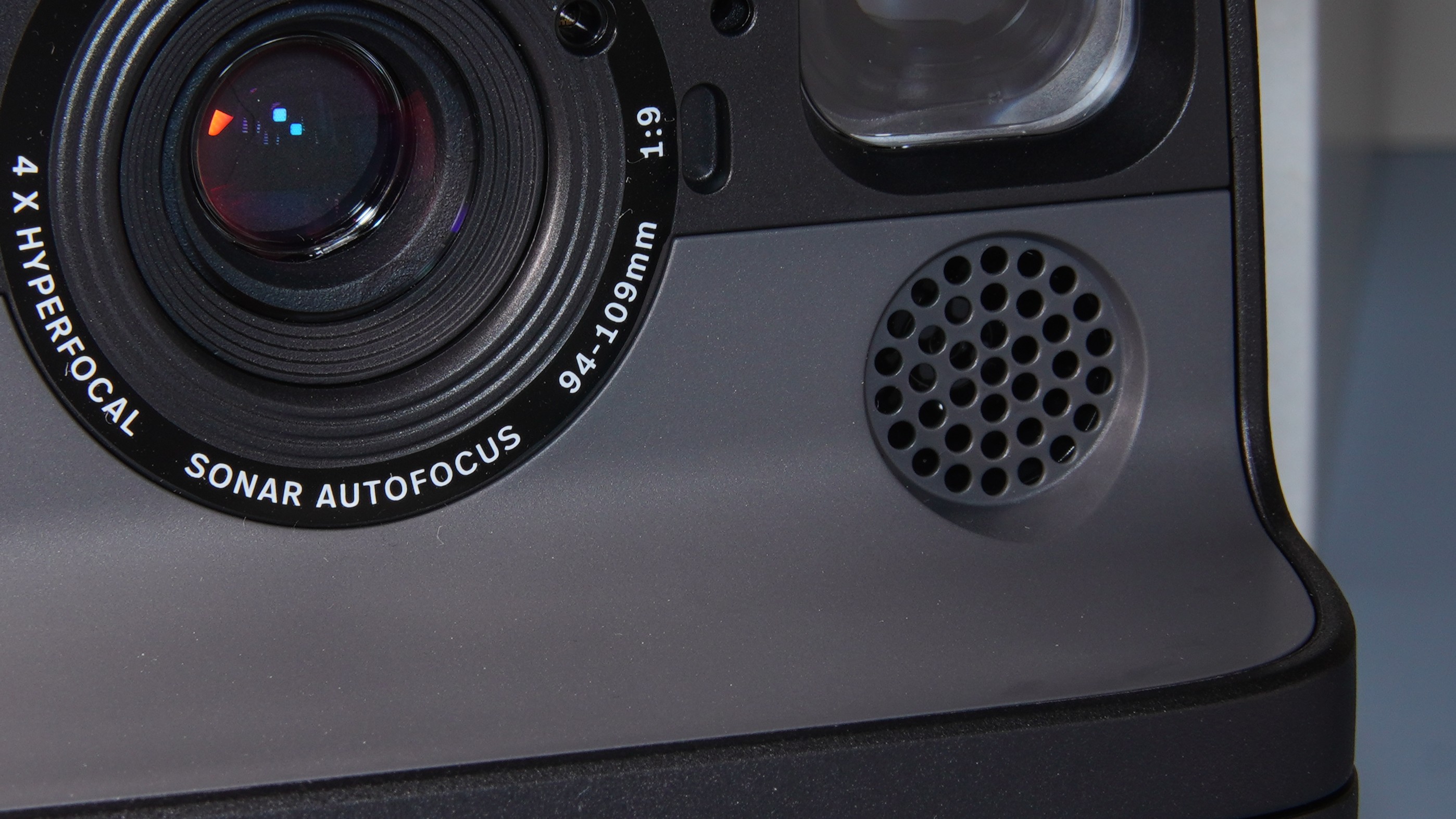
I've hemmed and hawed over whether my perfect Polaroid would make use of the Sonar autofocus from the new Flip model, or the manual focus from the SX-70. The result, I think, is somewhere in between.
See, I really enjoy the autofocusing, and I actually think it makes more sense for the format. There's a point-and-shoot quality which is really befitting of the instant camera vibe.
There is a catch though – I'd need it to have some sort of indicator or manual override. Either something which tells you which of the lenses is selected or, preferably, something which allows you to select the lens. That would counteract some of the missed focus shots I encountered.
4. Exposure compensation

While it doesn't seem to be such a pain point these days, exposure compensation has been notably absent from a few Polaroid cameras in recent times. It's really crucial to the operation of the camera, though, offering a fighting chance to beat different lighting scenarios and end up with a useful image.
Quite how it operates is up for debate. But – as this is my fantasy – I'm going to suggest we use the rotary wheel from the SX-70.
5. Polaroid Go format
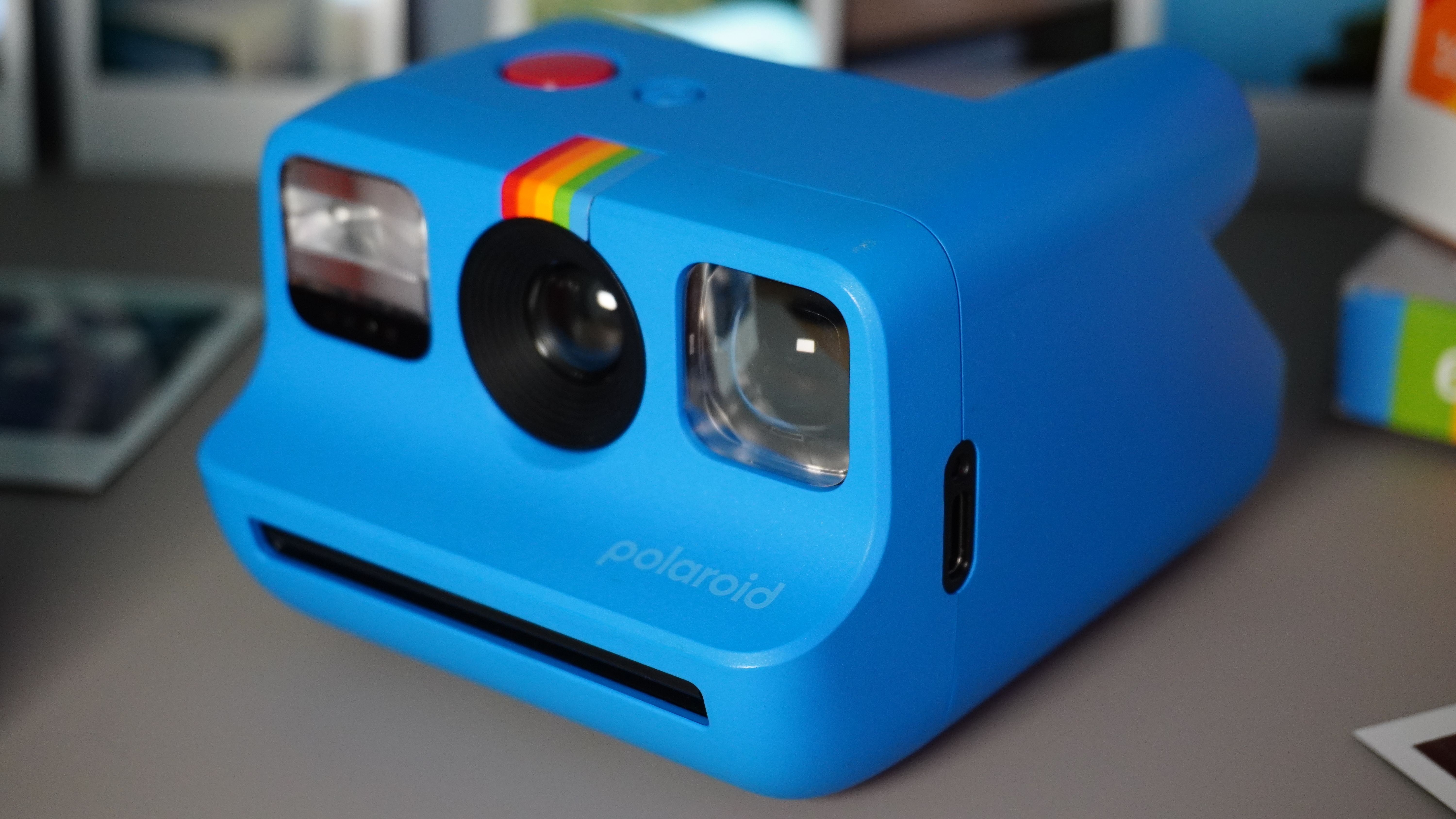
I've left the most controversial for last here, but I'd love to see all of that on the smaller Polaroid Go film. "Why?", you may ask. Well, simply put, I think it's a better value option.
It's no secret that the larger Polaroid film is eye-wateringly expensive, and that can make it quite inhibitive for some shooters. By comparison, the Polaroid Go film is quite affordable, sitting basically on par with competitive offerings in the Fujifilm Instax range.
I've shot hundreds of these over the last year, and I'm convinced there's more to be had from the format. Not only is the smaller size adorable, I think the combination of a smaller frame and higher quality imaging could shift Polaroid forwards significantly.
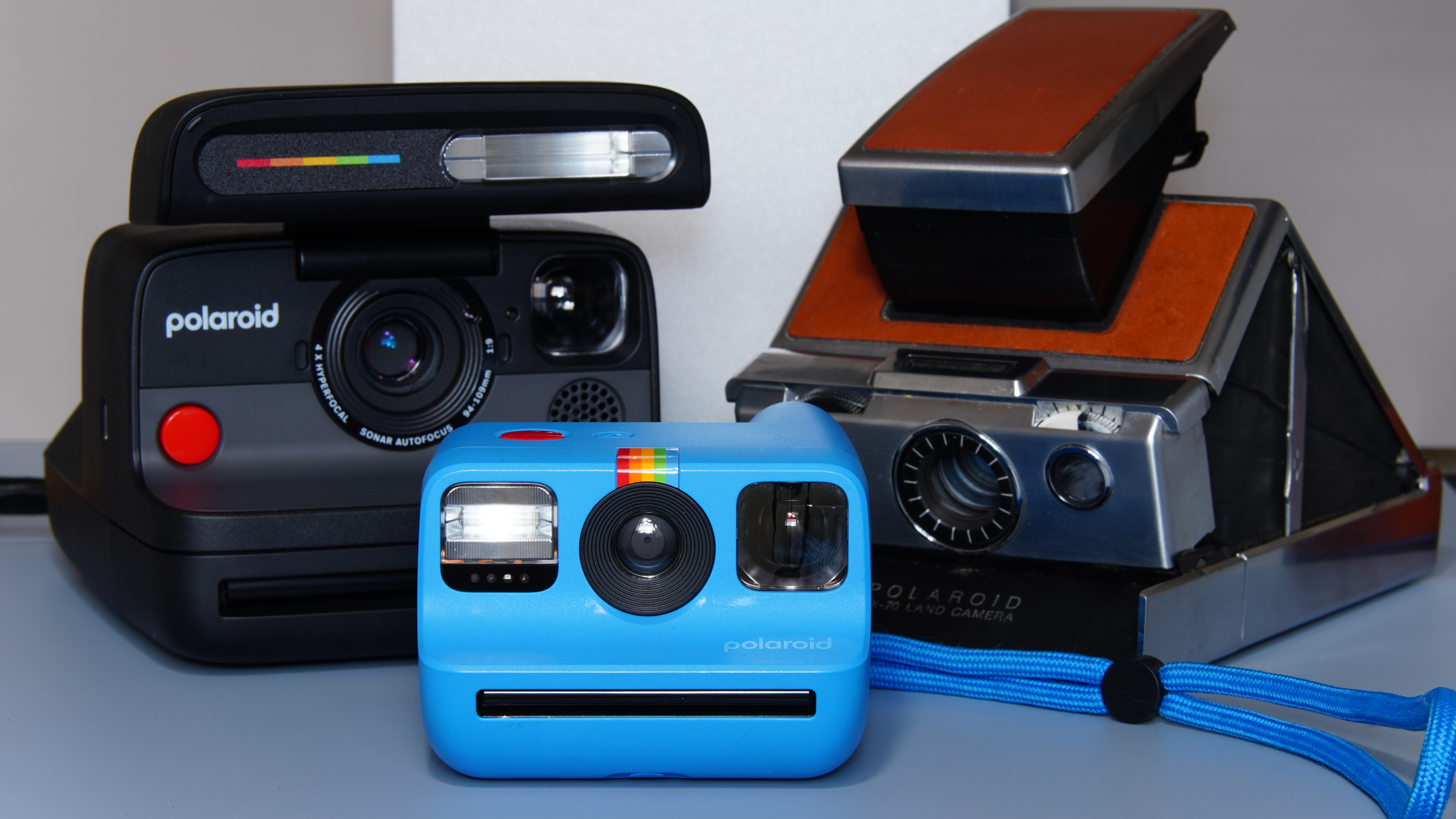
How much would that cost?
So, just how much would the Polaroid Sam Cross Special SX-70 Flip Go (working title) cost? Well, that's an interesting question. Given that the majority of the build is similar to the Polaroid Flip, we can take its circa-£/$200 starting price as our starting point.
Slimming that down to the Polaroid Go size may well add some associated costs, so lets bump that up to £/$250. So far, so good.
The real test will be adding in the SLR viewfinder. At present, that's not something which is offered by the modern Polaroid company, and it sounds like it would be a costly addition.
In reality, the question is more likely to be, "What is the most I'd pay for this?"
Realistically, if there were a camera which could do all of the above, I'd happily pay somewhere in the £/$500-600 range. I think for something which could produce top quality results, I'd more than happily pay the extra. And if it had all of these features, I might just never need another camera again.

Sam is an award-winning journalist with over six years of experience across print and digital media. As T3’s Senior Staff Writer, Sam covers everything from new phones and EVs to luxury watches and fragrances. Working across a range of different social media platforms alongside his written work, Sam is a familiar face for fans of T3. When he’s not reviewing snazzy products or hunting for stellar deals, Sam enjoys football, analog photography and writing music.
You must confirm your public display name before commenting
Please logout and then login again, you will then be prompted to enter your display name.
-
 After the launch of the Polaroid Flip, my dream camera is one step closer to reality
After the launch of the Polaroid Flip, my dream camera is one step closer to realityIf we could just Frankenstein these three cameras, I'll never need to buy another
By Sam Cross
-
 "A Polaroid SX-70 in 2025 would cost £2,500", says company exec
"A Polaroid SX-70 in 2025 would cost £2,500", says company execEXCLUSIVE: T3 discusses the reason why the iconic camera hasn't been remade
By Sam Cross
-
 I've used the Polaroid Flip – it's the best Polaroid camera you can buy
I've used the Polaroid Flip – it's the best Polaroid camera you can buyIt's better than my SX-70
By Sam Cross
-
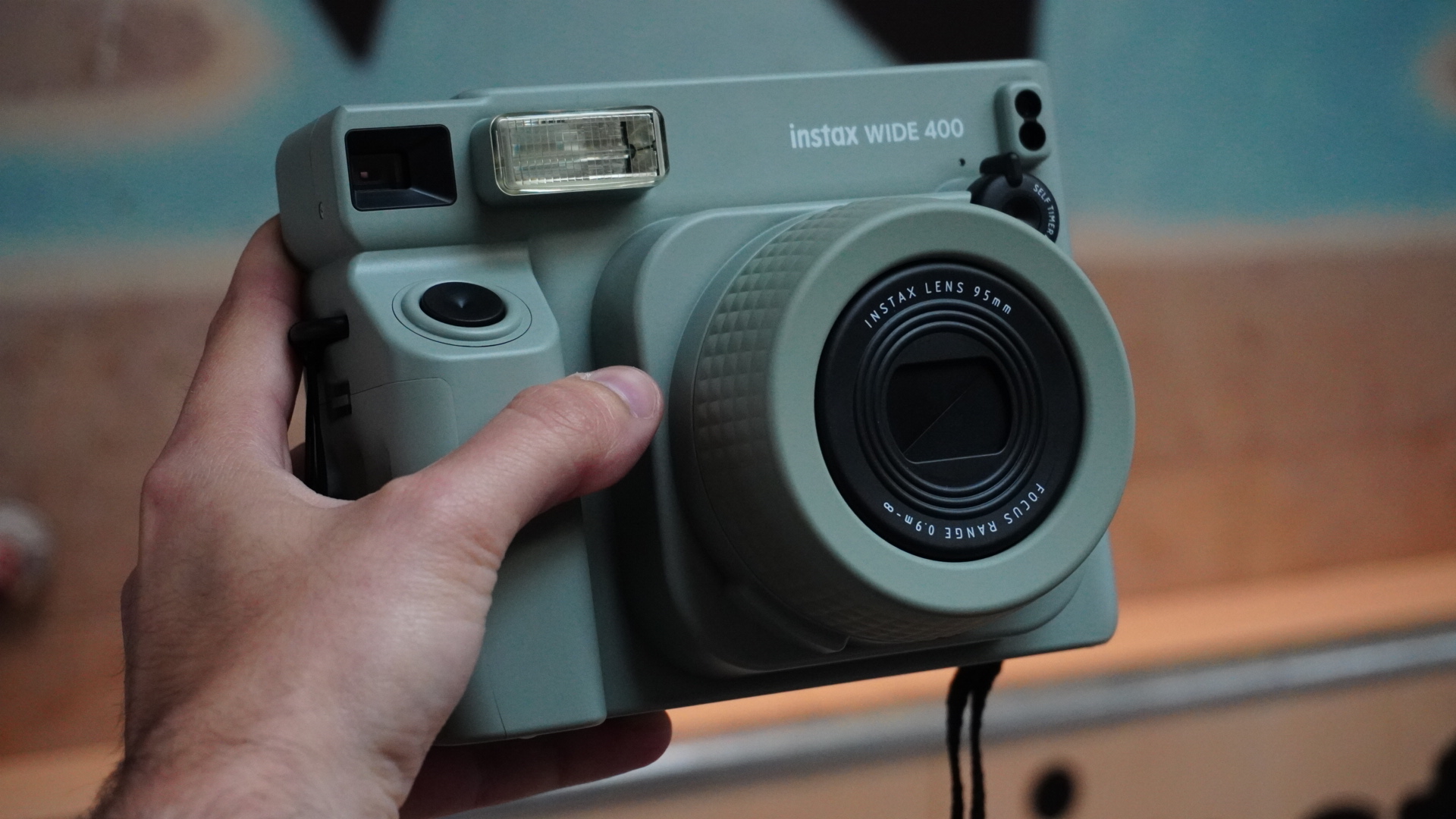 I've used the Fujifilm Instax Wide 400 – is it the best large instant camera?
I've used the Fujifilm Instax Wide 400 – is it the best large instant camera?The Instax Wide 400 offers large format instant film fans a snazzy new option
By Sam Cross
-
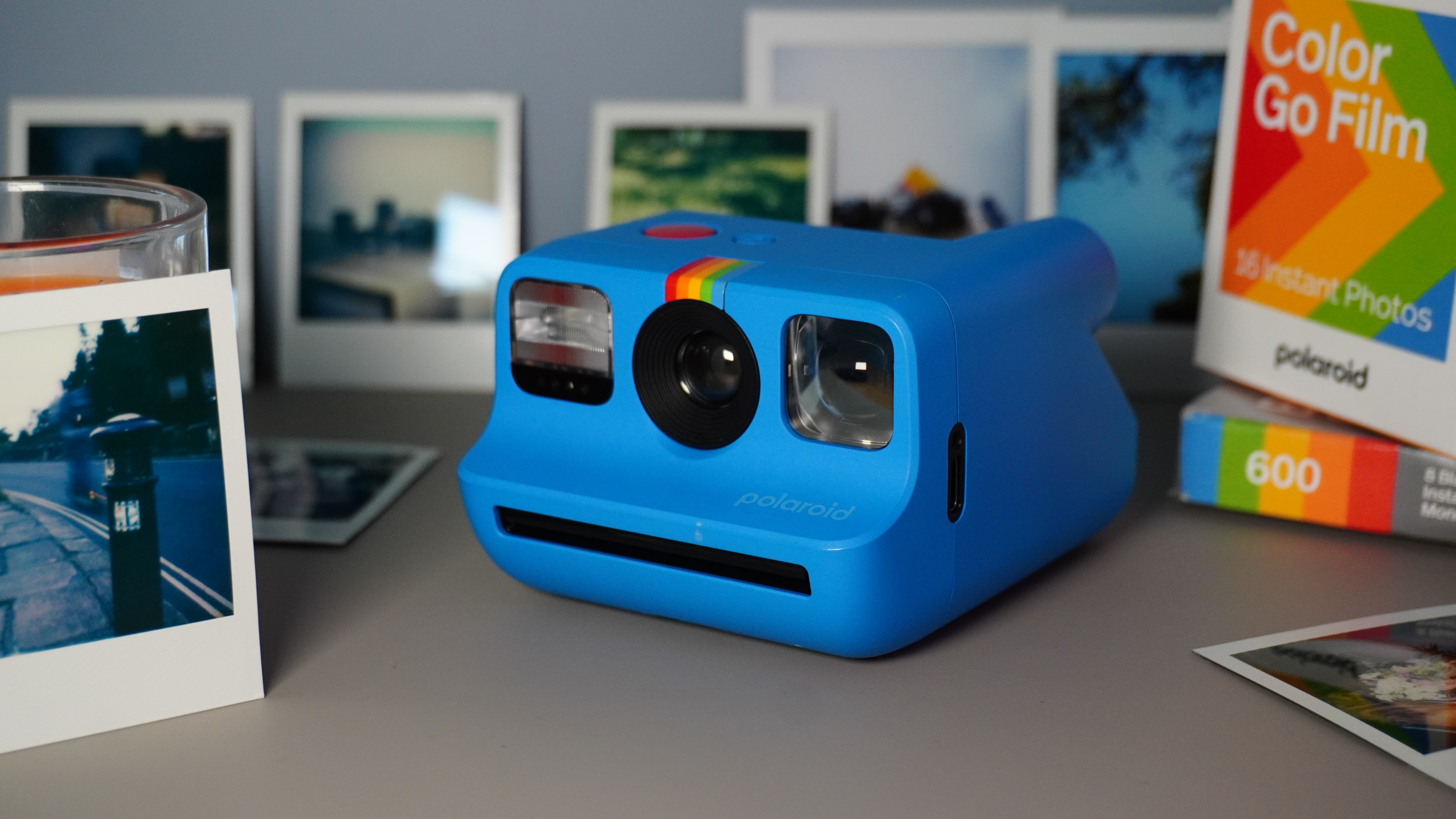 Polaroid Go (Gen 2) review: the only Polaroid you should buy in 2024
Polaroid Go (Gen 2) review: the only Polaroid you should buy in 2024The Polaroid Go Gen 2 is the purest example of instant photography on the market today
By Sam Cross
-
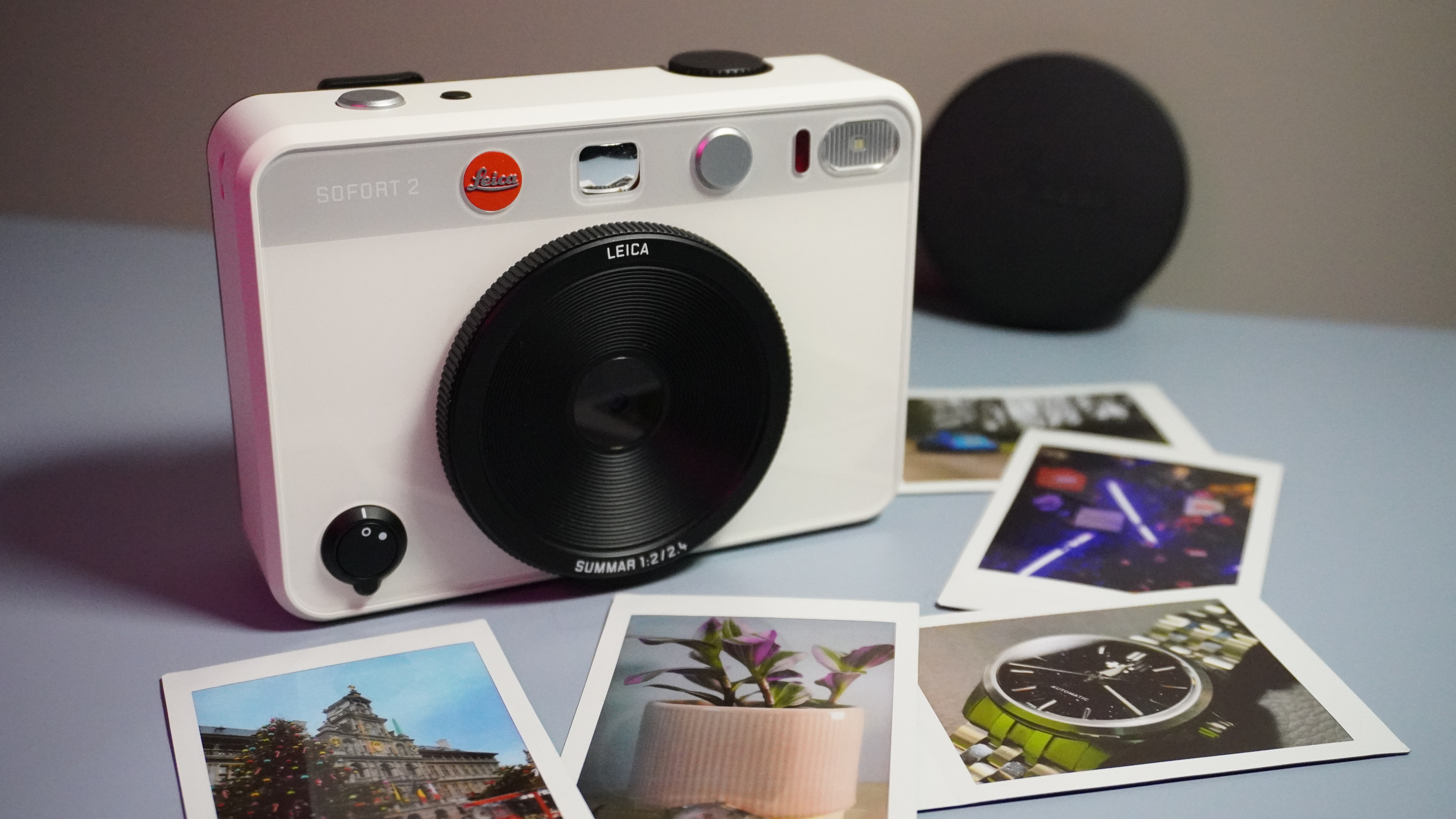 Leica Sofort 2 review: a hybrid instant camera with style
Leica Sofort 2 review: a hybrid instant camera with styleThe Leica Sofort 2 is a really brilliant hybrid instant camera – and it's the cheapest way to get some Leica in your life!
By Sam Cross
